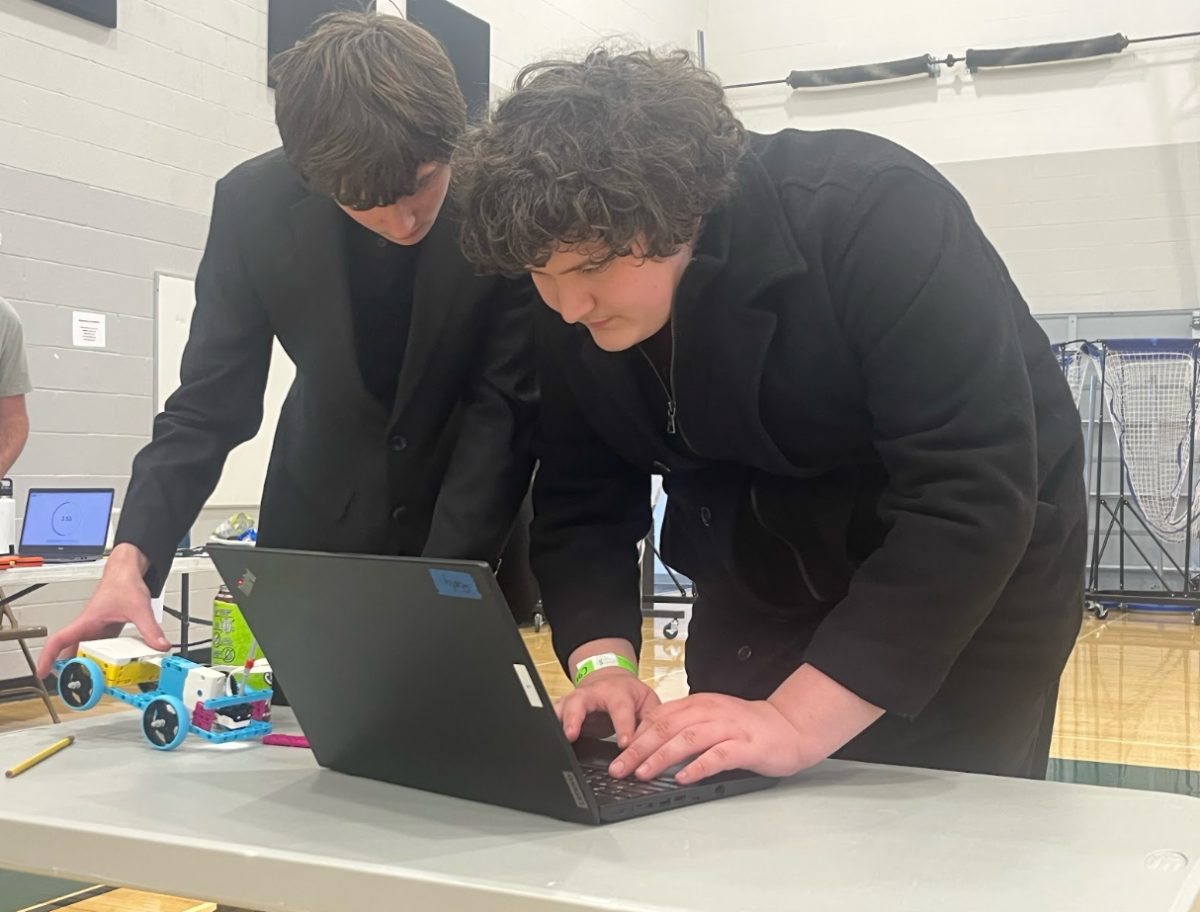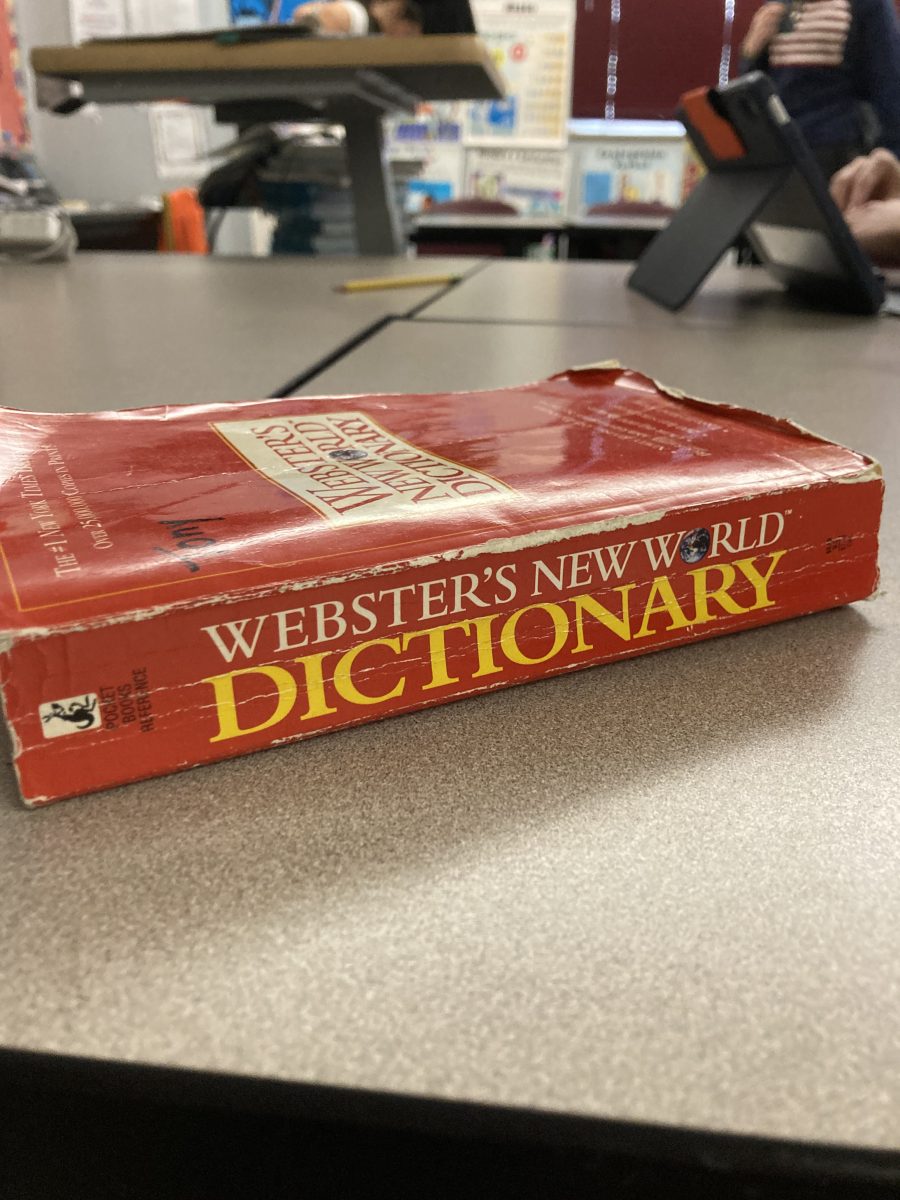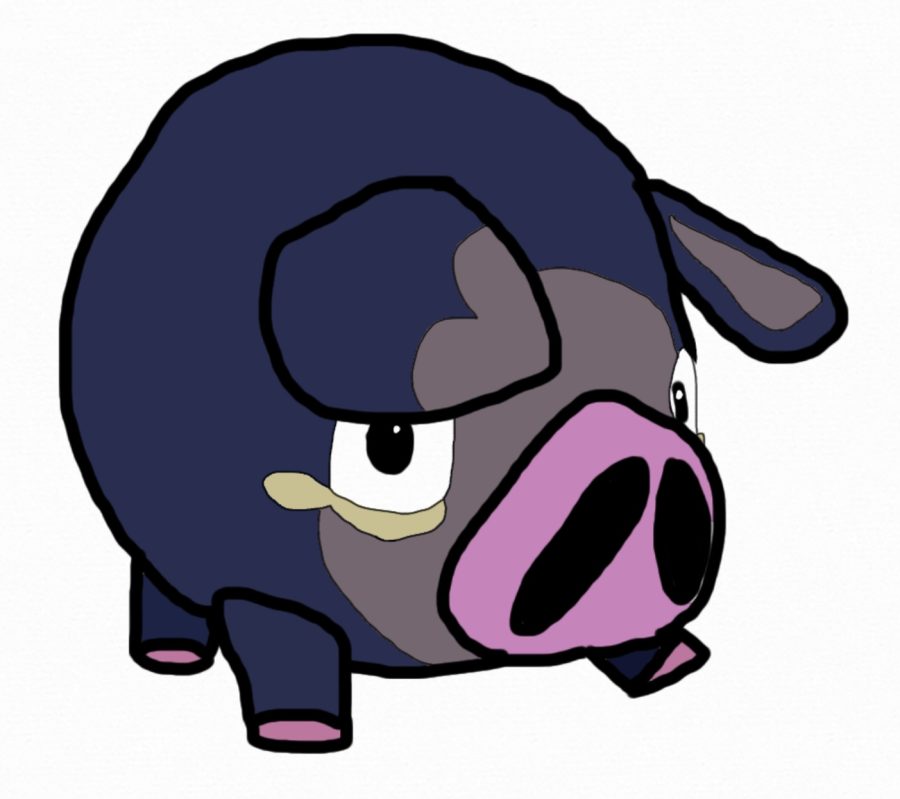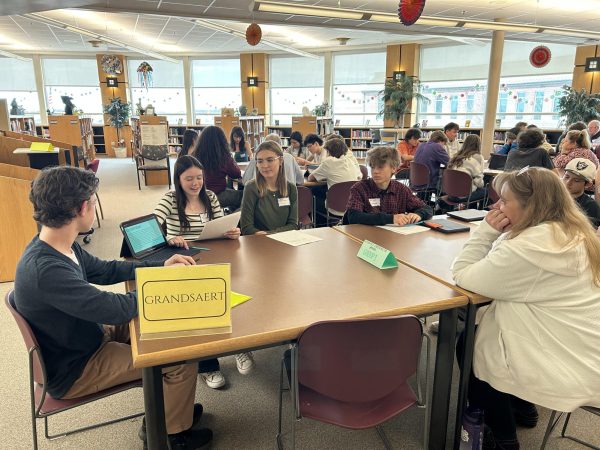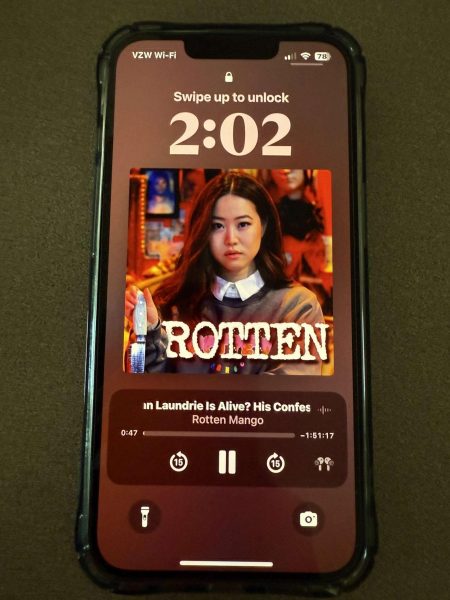Pokémon Scarlet and Violet Review: One Step Forward, Three Steps Back
Photo Illustration Courtesy of John Baze
The Pokémon in the image is Lechonk, one of the new Pokémon in these games. It was instantly popular online, and became a staple in most peoples teams.
“Pokémon Scarlet” and “Pokémon Violet” released Nov. 18th this year. They cost $60 like most Nintendo games. They were made by GameFreak and published by Nintendo. “Scarlet” and “Violet” were separate games, but only have minor differences, as is the case with every generation of Pokémon. They have a huge map where you can go anywhere you want immediately, and can catch almost any Pokémon right away.
Pokémon games have mechanics that are hard to put into an open world game. An open world game is where the player can go anywhere from the start. Pokémon games have always been linear, going from Gym to Gym in almost a straight line.
These open world Pokémon games were a huge deal because they were so massively different. Even people who never played a Pokémon game were streaming these games. While the Pokémon games are already iconic, these new titles were some of the best at implementing the catching and battles into the world naturally. They also had some great improvements on other mechanics, like Gym battles and other boss fight type battles.
The massive potential of “Scarlet” and “Violet” was severely limited by the Nintendo Switch’s tiny storage. The Switch had handled open world games before like “Breath of The Wild,” but couldn’t handle these games. The game may have had too many options off the bat, but restricting where a user could go would undo all the open world parts.
Seeing lots of bugs and glitches coming, Nintendo had a day one patch ready to go to fix them. However, the patch didn’t fix extremely short render distances, or terrible performance, unless the game is played with extremely low settings. The performance and short render distance made it hard to not accidentally run into a Pokémon battle, just because the user couldn’t see it until it’s right in front of them.
Cities and towns in the game were choppy from the first minute of being in them, and many shops were reduced to a vending machine type menu. While lots of shops are just menus, some important features, including Set Mode for battles, changing clothes besides hats and gloves, and turning off battle animations were just removed.
Even with all of these drawbacks, Pokémon Scarlet and Violet are some of the best Pokémon games to date. It had plenty of memorable Pokémon and characters, and had really well fitting and creative towns for the gym leaders. For the most part, the grasslands and other wilderness areas were natural looking, but are all very different and worth exploring.
The biggest change, besides an open world story, was the addition of 3 total storylines. While many people expected this to just be a marketing gimmick, with the same content split into 3 parts, all 3 were really different. The main contributor to the story being good was the step up in more human sounding dialogue. The stories were really engaging, and in contention for the best of all the Pokémon games.
The games may be buggy and a little unfinished, but Nintendo is fixing it. With another patch released on Dec. 1st, which fixed various issues, mostly bugs with endgame fights.
“We are aware that players may encounter issues that affect the games’ performance” Nintendo says, “Our goal is always to give players a positive experience with our games, and we apologize for the inconvenience.” This quote shows what many people think about the game, an incredible leap forward, but limited by time constraints and the console itself.

John is in 9th grade. This is his first year taking journalism. He is taking journalism because he likes English, and it’s an English elective. He is...
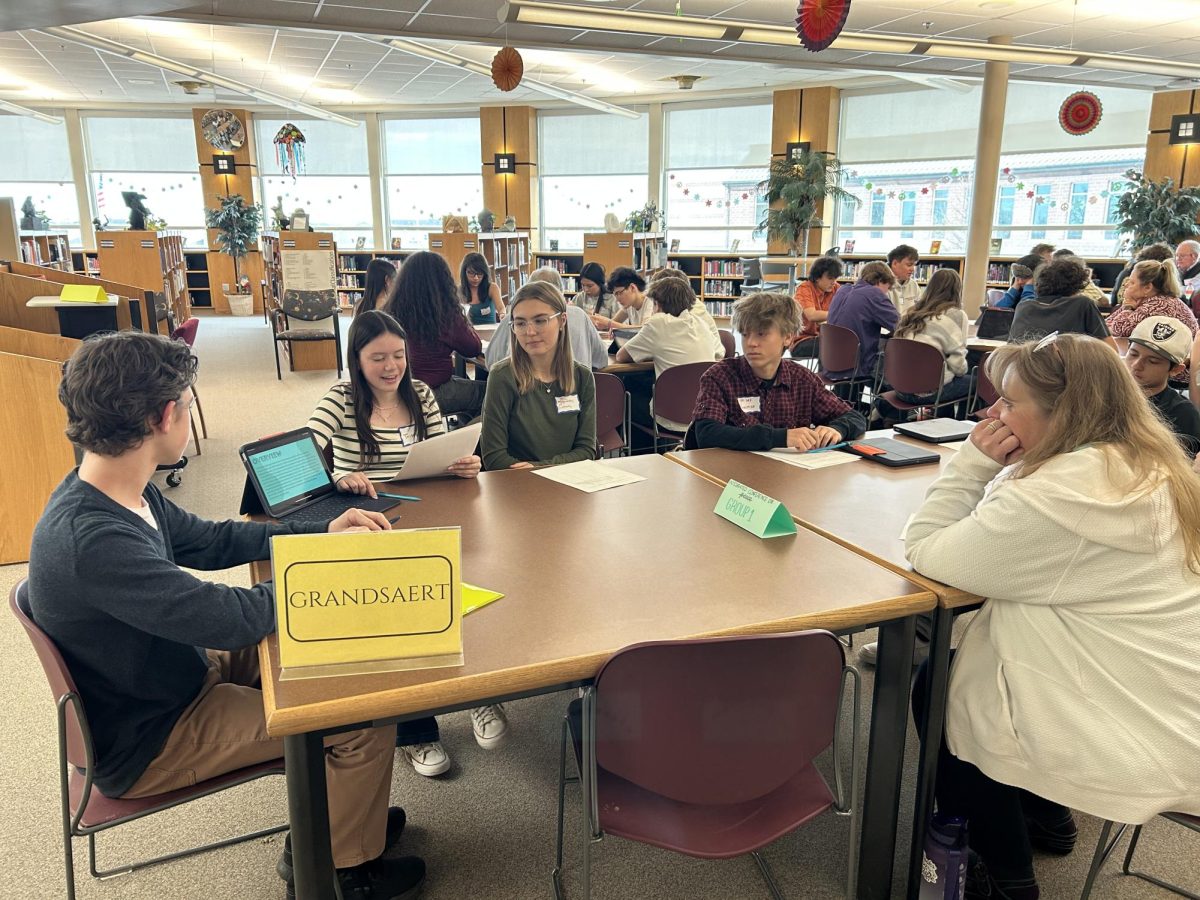

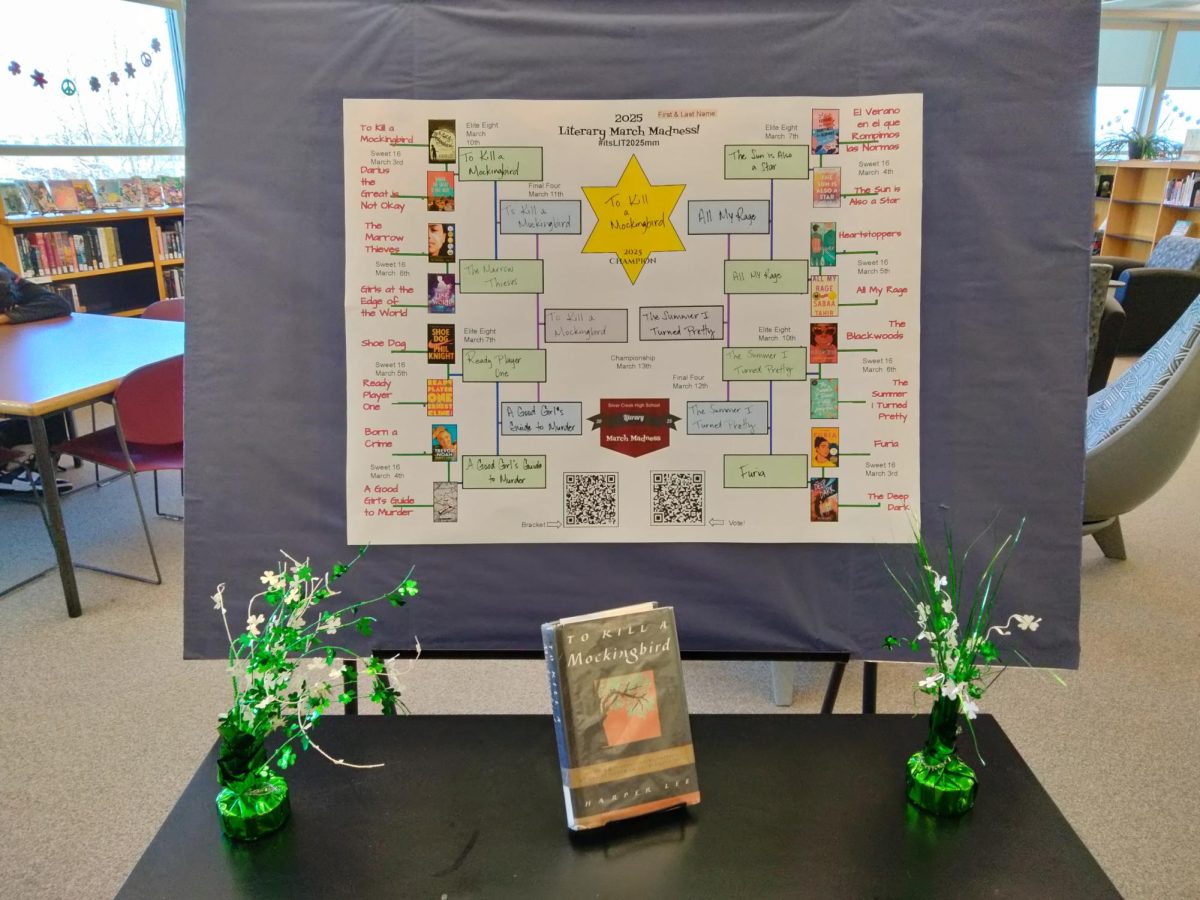











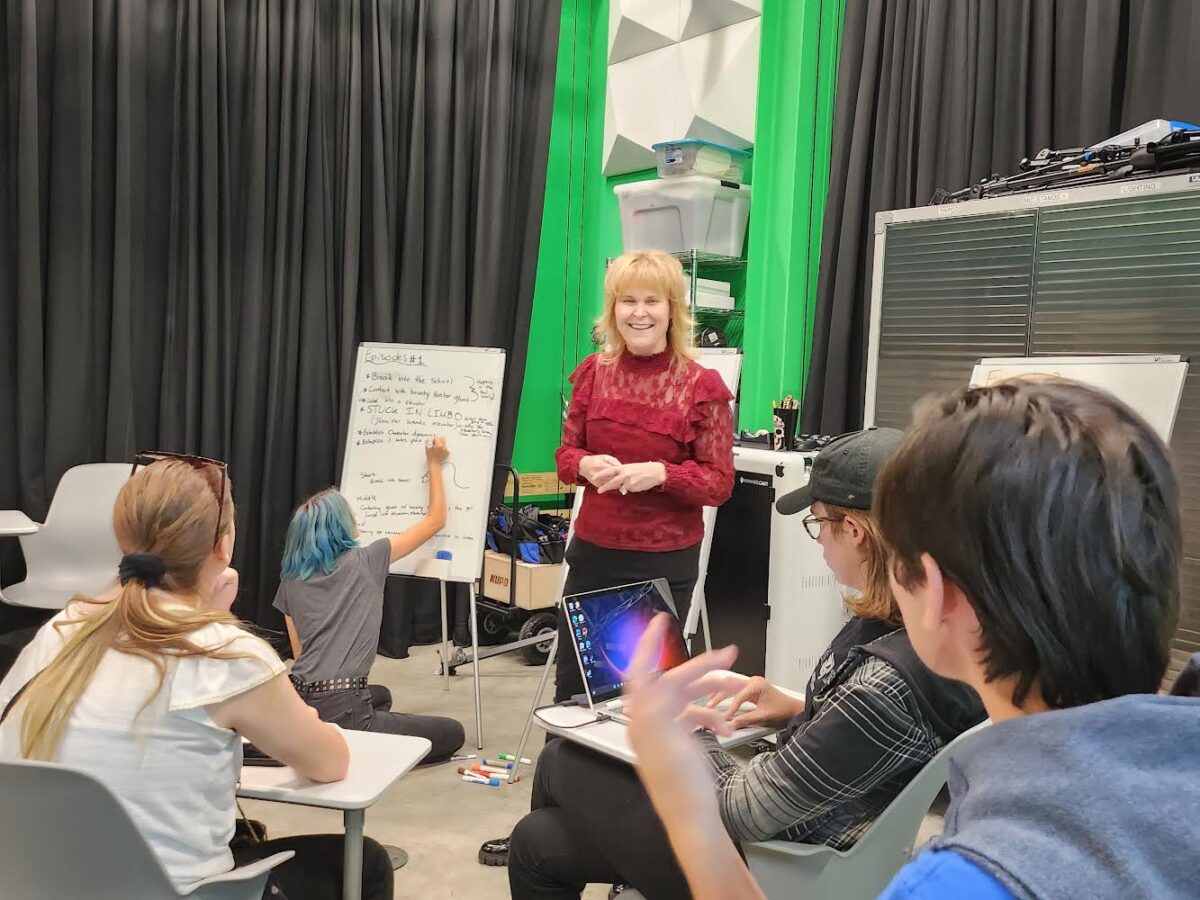


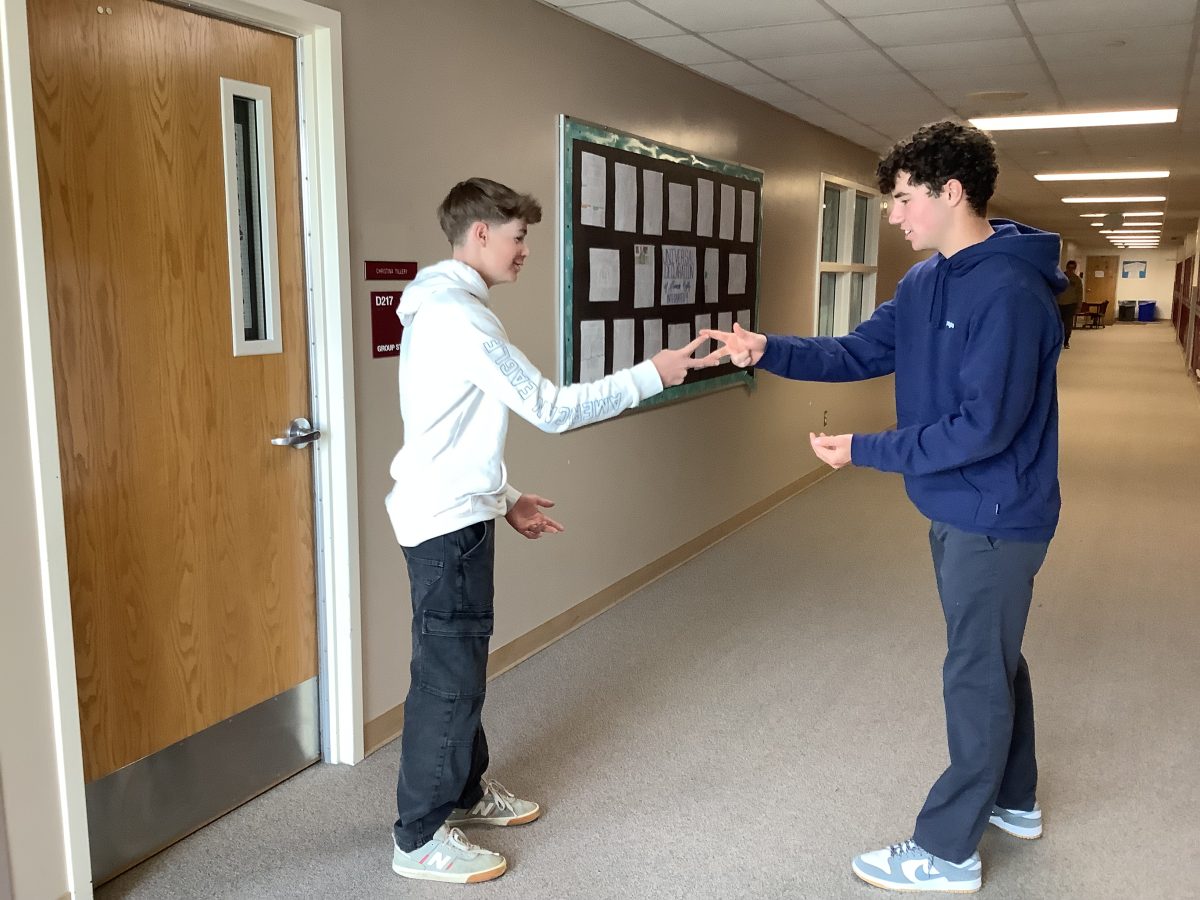



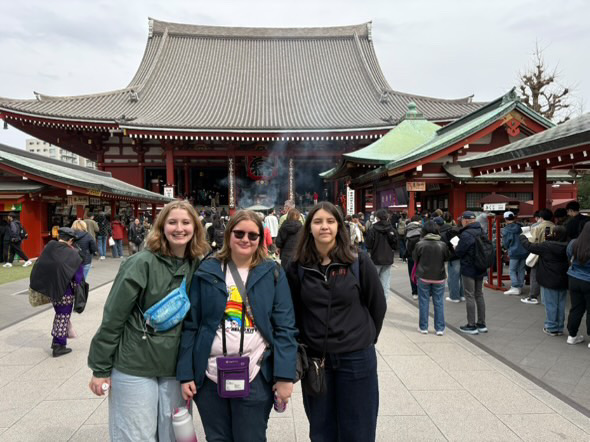
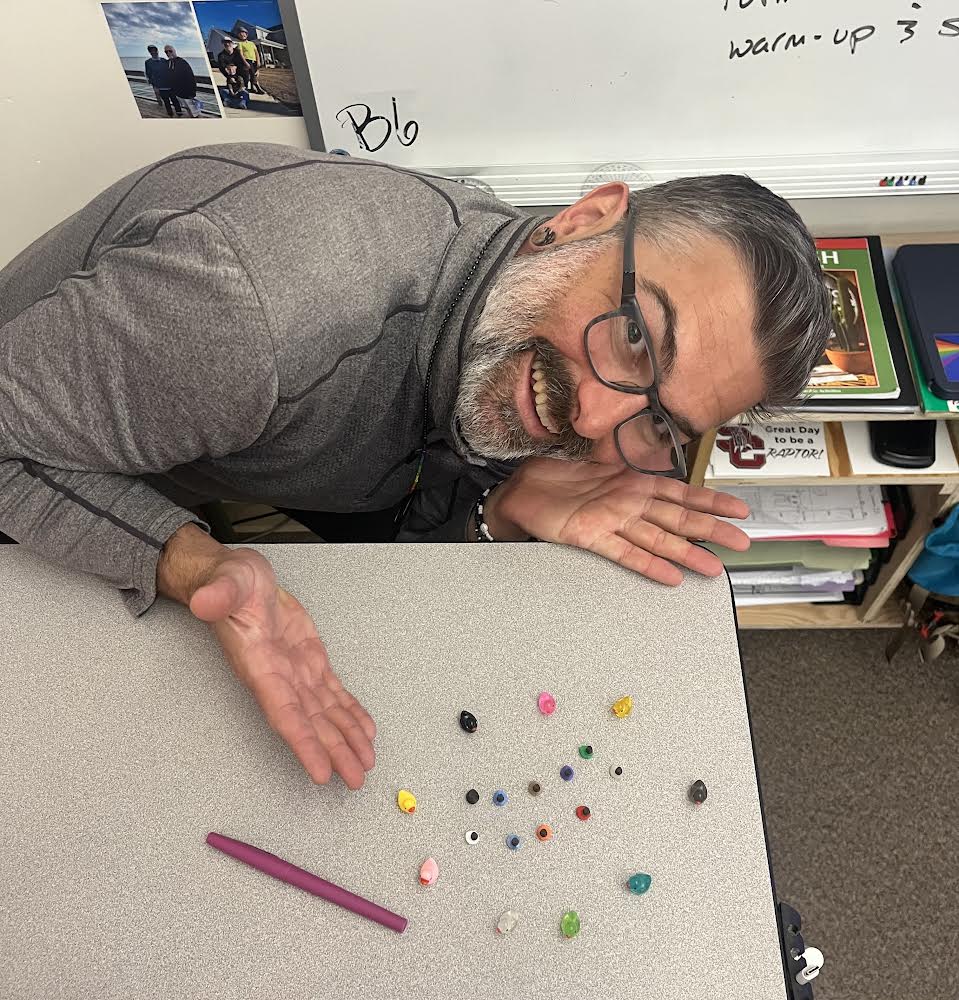
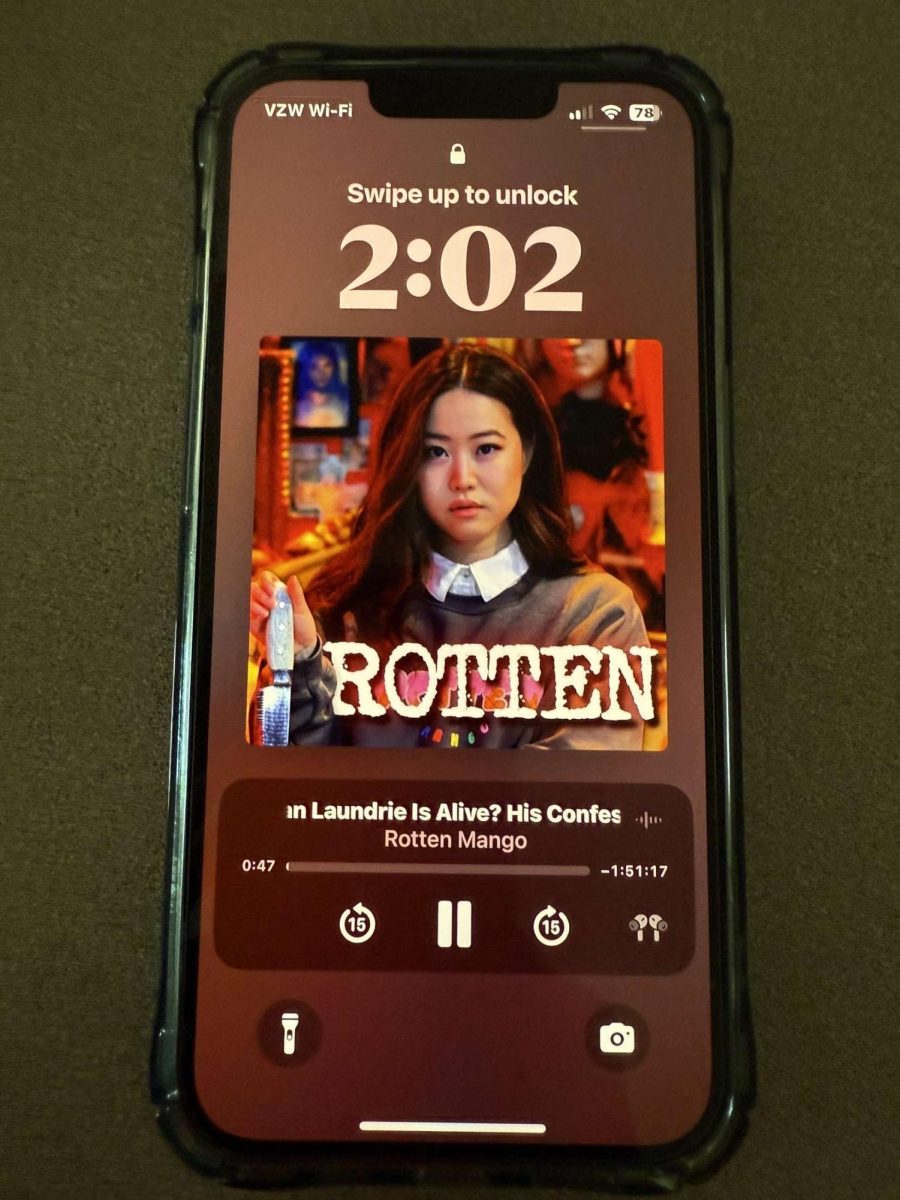

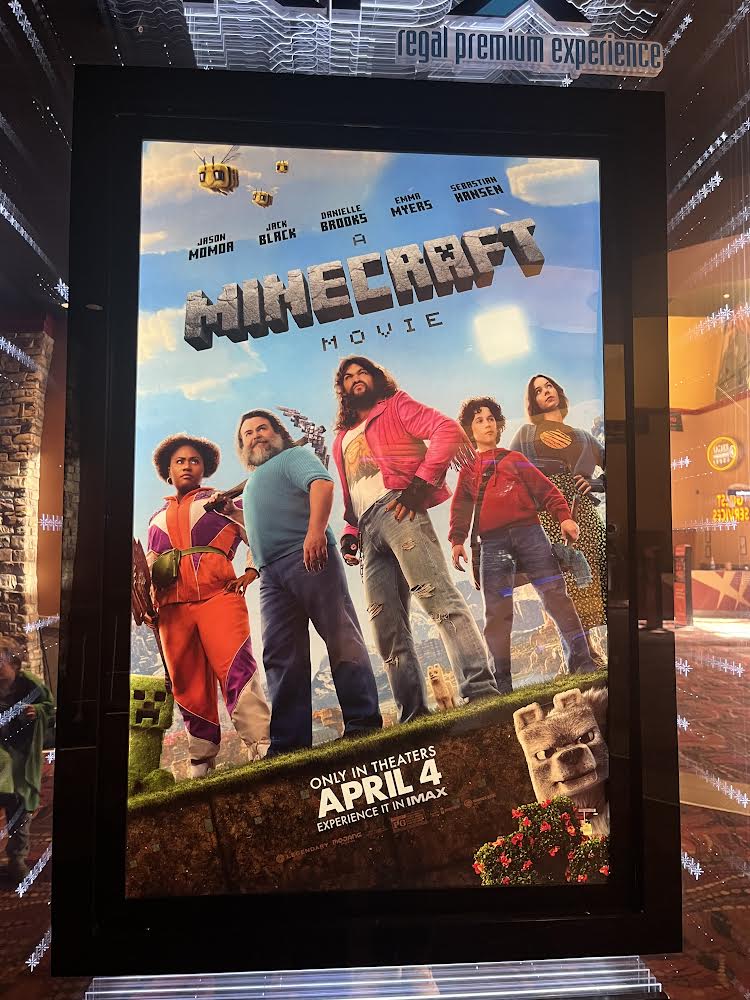



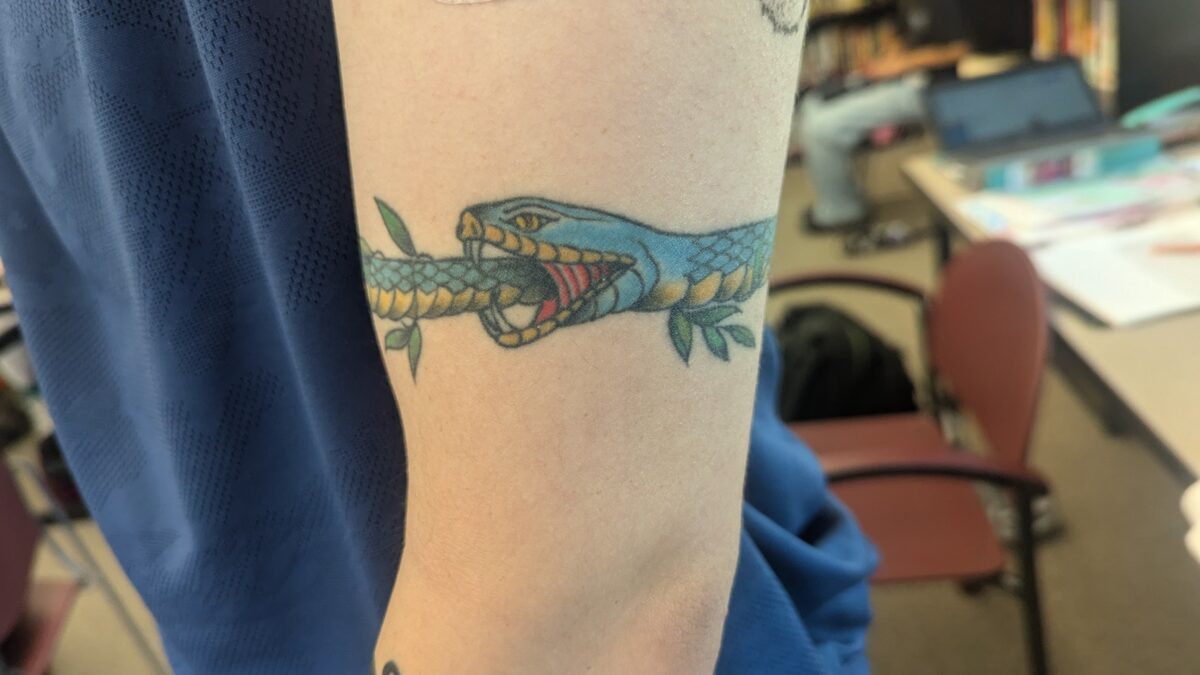

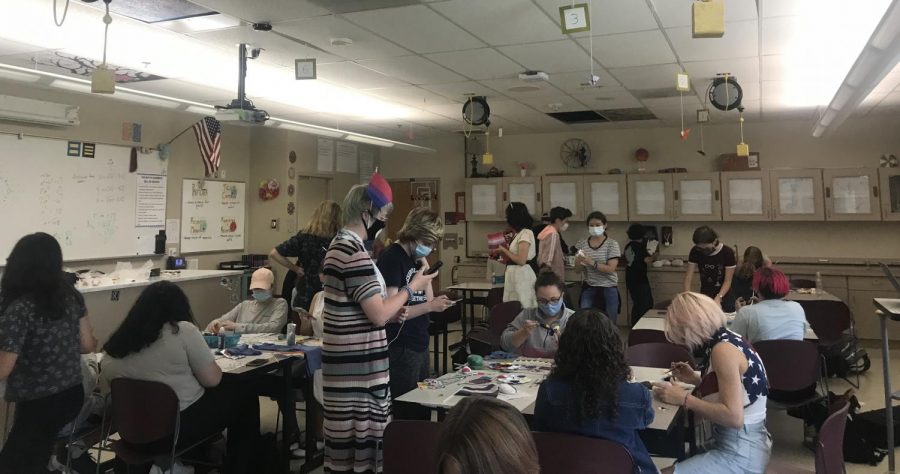

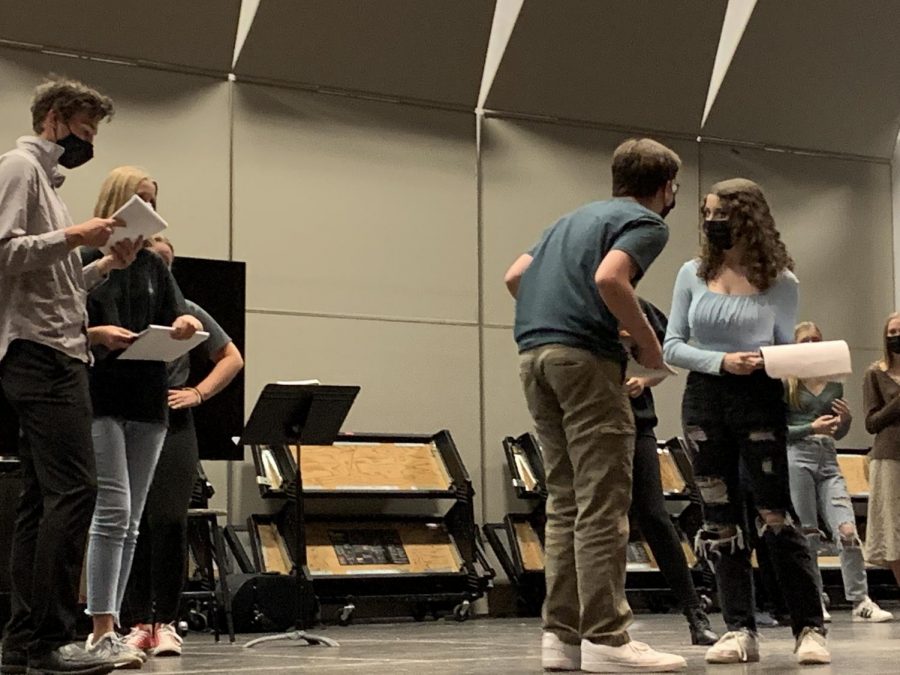




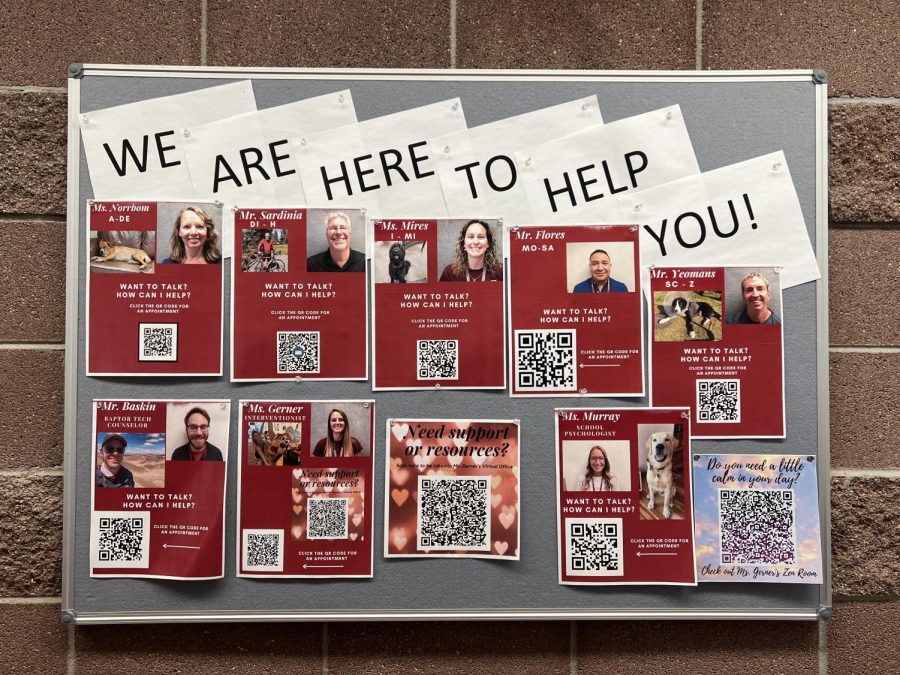


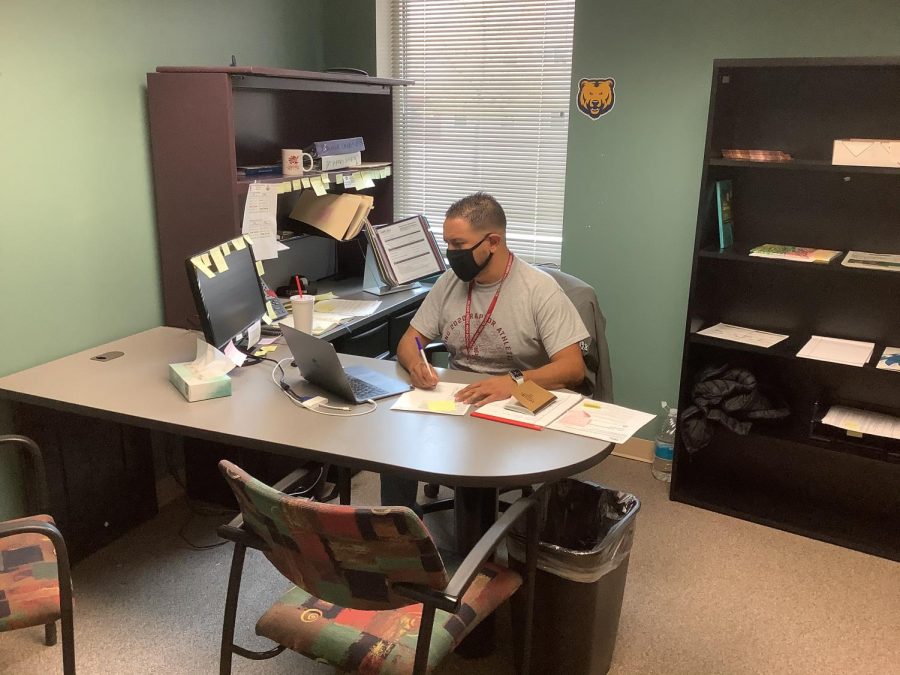

![Hosting the SCLA Casptone Mentor Dinner outside allowed for more attendees on September 27, 2021 at Silver Creek. This event would’ve usually been held inside. According to Lauren Kohn, a SCLA 12 teacher, “If we have a higher number of people, as long as we can host the event outside, then that seems to be keeping every[one] safe”.](https://schsnews.org/wp-content/uploads/2021/11/sxMAIGbSYGodZkqmrvTi5YWcJ1ssWA08ApkeMLpp-900x675.jpeg)


